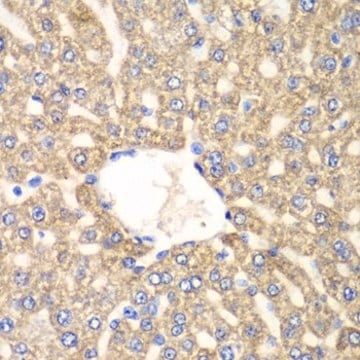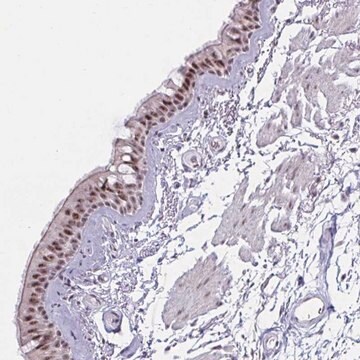51621
Cocaine hydrochloride
analytical standard
Synonyme(s) :
Ecgonine methyl ester benzoate hydrochloride
About This Item
Produits recommandés
Qualité
analytical standard
Essai
≥98.5% (HPLC)
Durée de conservation
limited shelf life, expiry date on the label
Contrôle du médicament
USDEA Schedule II; Home Office Schedule 2; regulated under CDSA - not available from Sigma-Aldrich Canada; estupefaciente (Spain); Decreto Lei 15/93: Tabela IB (Portugal)
Technique(s)
HPLC: suitable
gas chromatography (GC): suitable
Application(s)
forensics and toxicology
pharmaceutical (small molecule)
veterinary
Format
neat
Température de stockage
2-8°C
Chaîne SMILES
Cl.COC(=O)[C@H]1[C@H](C[C@@H]2CC[C@H]1N2C)OC(=O)c3ccccc3
InChI
1S/C17H21NO4.ClH/c1-18-12-8-9-13(18)15(17(20)21-2)14(10-12)22-16(19)11-6-4-3-5-7-11;/h3-7,12-15H,8-10H2,1-2H3;1H/t12-,13+,14-,15+;/m0./s1
Clé InChI
PIQVDUKEQYOJNR-VZXSFKIWSA-N
Vous recherchez des produits similaires ? Visite Guide de comparaison des produits
Application
Actions biochimiques/physiologiques
Mention d'avertissement
Danger
Mentions de danger
Conseils de prudence
Classification des risques
Acute Tox. 2 Inhalation - Acute Tox. 2 Oral - Repr. 2 - STOT SE 3
Organes cibles
Central nervous system
Code de la classe de stockage
6.1A - Combustible acute toxic Cat. 1 and 2 / very toxic hazardous materials
Classe de danger pour l'eau (WGK)
WGK 3
Point d'éclair (°F)
Not applicable
Point d'éclair (°C)
Not applicable
Équipement de protection individuelle
Eyeshields, Faceshields, Gloves, type P3 (EN 143) respirator cartridges
Faites votre choix parmi les versions les plus récentes :
Certificats d'analyse (COA)
Vous ne trouvez pas la bonne version ?
Si vous avez besoin d'une version particulière, vous pouvez rechercher un certificat spécifique par le numéro de lot.
Déjà en possession de ce produit ?
Retrouvez la documentation relative aux produits que vous avez récemment achetés dans la Bibliothèque de documents.
Notre équipe de scientifiques dispose d'une expérience dans tous les secteurs de la recherche, notamment en sciences de la vie, science des matériaux, synthèse chimique, chromatographie, analyse et dans de nombreux autres domaines..
Contacter notre Service technique
![Poly[4,5-difluoro-2,2-bis(trifluoromethyl)-1,3-dioxole-co-tetrafluoroethylene] dioxole 87 mol %](/deepweb/assets/sigmaaldrich/product/structures/951/320/21327fcd-4960-402d-8ae1-bf2e379cb2e2/640/21327fcd-4960-402d-8ae1-bf2e379cb2e2.png)








